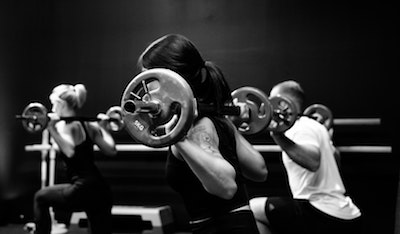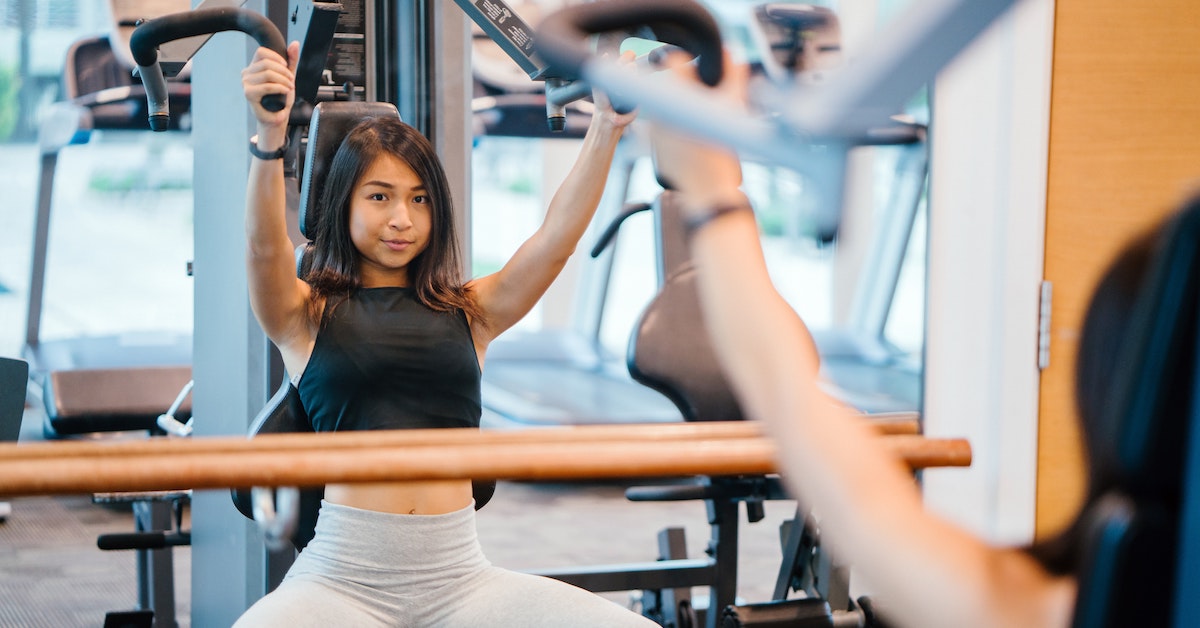How to safely return to the gym post COVID
Now restrictions are easing and the gyms are back open, it’s really important that we transition our home workouts back into our gym routines safely, without overloading and injuring ourselves. It’s important that we restrain our excitement, for the moment, take an honest account of our loading in the past few months and plan before we return to lifting with heavier and regular weight again. Our strength will be reduced, so reduce your weight!
Warm up and cool down
Make sure you reintroduce a good 5-10 minute warm up before you commence your sessions. Try to target the area you will be training, if you are training an upper body resistance session for example, you should include some light weight or body weighted exercises targeting that area before loading up! It’s a good idea to have a dynamic stretch or use a foam roller if you have been static and sitting at work all day!
Cool downs are often neglected, however also very important now you are training again. Be sure to stretch after your sessions and grab the foam roller for a few minutes for your legs or upper back to reduce the extra tone that will build up in your muscles, just remember to wipe down after! #COVIDsafe.
Loading
If you haven’t been lifting during the past two months, your body loses strength far faster than you want to believe! Start conservative, reduce your weight to start and aim for higher reps.

Prioritise good movement patterns again first. It’s important to allow some time over the first few weeks for your stabilising muscles to remember how to lift again. If you load up too quickly these muscles can become tight leading to breakdown in movement patterns which can result in injury.
Contain your excitement; you can’t get back two months of minimal training in two weeks, so be patient! Aim for around 10-15% increase in load each week.
If you are unsure of your technique, book in a few sessions with one of our physiotherapists, or an exercise physiologist at the gym, for guidance around movement patterns. This can be much more cost effective than future dealings with an orthopaedic surgeon.
Rest
Rest is very important for any training, particularly if you are changing the loading (weight, frequency or type of training). Your body needs time to adapt and change. You most likely will experience some serious DOMS (delayed onset muscle soreness) during the first few weeks returning to gym. Listen to your body, it’s ok to experience these DOMS however, if you are feeling pain greater than 2 days post exercise, you should reign it in!
Space out your sessions, make sure you give the worked muscle group a solid 1-2 days recovery before loading up again. If you are training whole body workouts, have rest days between sessions, take time on these days to focus on cardio, stretching, trigger pointing and foam rolling.
It’s important to allow this rest for your muscles to recover and continue to build strength without being overloaded. It might be worthwhile booking in a few regular remedial massages in the next few months.
The biggest risk to injury is this period of load change and building up again. Listen to your body and make sure you follow up with your physio early if you are experiencing altered movement patterns and developing niggles greater than just DOMS. If you can extinguish these niggles early, it’s likely you can continue training and avoid any further time out of the gym.
If you’d like one of our physiotherapists to help your injury-free return to the gym, please call or book online.
This post was written by Mitch Esdale, Physiotherapist at Stafford Physiotherapy and Pilates.

